|
Your search criteria found 1300 images Gallery: Universe |
| My List |
Addition Date | Target |
Mission
|
Instrument | Size |

|
2012-10-23 |
NuSTAR |
NuSTAR Spitzer Space Telescope |
4000x2400x3 | |
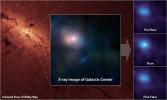
|
|||||

|
2013-01-07 |
NuSTAR |
NuSTAR |
1700x1700x3 | |
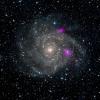
|
|||||

|
2013-01-07 | Cassiopeia A |
NuSTAR |
NuSTAR |
2200x2200x3 |
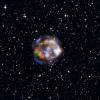
|
|||||

|
2013-02-27 |
NuSTAR |
4400x2475x3 | ||
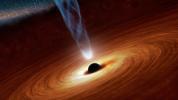
|
|||||

|
2013-06-11 |
NuSTAR |
NuSTAR |
6620x3724x3 | |
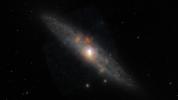
|
|||||

|
2013-09-05 |
NuSTAR |
NuSTAR |
3200x1800x3 | |
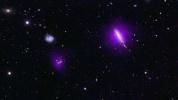
|
|||||

|
2013-11-26 |
NuSTAR |
NuSTAR |
1600x1600x3 | |
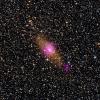
|
|||||

|
2013-11-26 |
NuSTAR |
NuSTAR |
1400x1400x3 | |
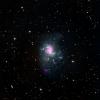
|
|||||

|
2014-01-09 |
NuSTAR |
NuSTAR |
2500x2500x3 | |
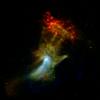
|
|||||

|
2014-01-09 |
NuSTAR |
NuSTAR |
3300x2800x3 | |
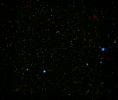
|
|||||

|
2014-02-19 |
NuSTAR |
NuSTAR |
4000x2250x3 | |
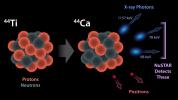
|
|||||

|
2014-02-19 |
NuSTAR |
586x434x3 | ||

|
|||||

|
2014-08-12 |
NuSTAR |
NuSTAR |
3300x2550x3 | |
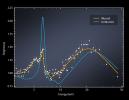
|
|||||

|
2014-10-08 |
NuSTAR |
Chandra X-ray Telescope Hubble Space Telescope |
1200x675x3 | |
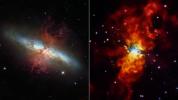
|
|||||

|
2014-10-08 |
NuSTAR |
1900x1600x3 | ||
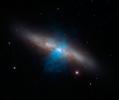
|
|||||

|
2014-10-08 |
NuSTAR |
4000x2250x3 | ||
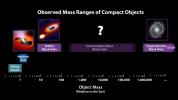
|
|||||

|
2014-10-08 |
NuSTAR |
600x600x3 | ||
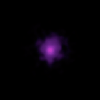
|
|||||

|
2014-10-08 |
NuSTAR |
1200x1200x3 | ||
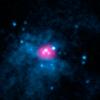
|
|||||

|
2014-10-08 |
NuSTAR |
3000x1688x3 | ||
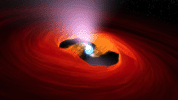
|
|||||

|
2014-12-22 | Sol (our sun) |
NuSTAR |
NuSTAR SDO |
3150x1600x3 |
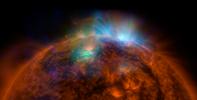
|
|||||

|
2015-04-29 |
NuSTAR |
NuSTAR |
2800x1575x3 | |
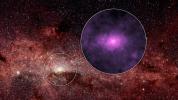
|
|||||

|
2015-05-07 |
NuSTAR |
NuSTAR |
3000x1679x3 | |
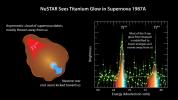
|
|||||

|
2015-07-06 |
NuSTAR |
1504x1611x3 | ||

|
|||||

|
2015-07-08 | Sol (our sun) |
NuSTAR |
NuSTAR SDO |
4096x4096x3 |

|
|||||

|
2015-10-27 |
NuSTAR |
4800x2700x3 | ||
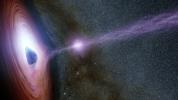
|
|||||

|
2016-07-12 |
NuSTAR |
3951x2222x3 | ||
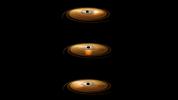
|
|||||

|
2017-01-07 | IC 3639 |
NuSTAR |
Hubble Space Telescope ESO |
1300x1300x3 |
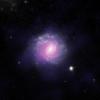
|
|||||

|
2017-11-02 |
NuSTAR |
5120x2880x3 | ||
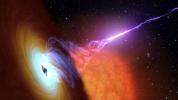
|
|||||

|
2019-02-20 |
NuSTAR |
NuSTAR |
2500x2500x3 | |
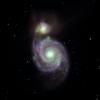
|
|||||

|
2019-09-04 |
NuSTAR |
NuSTAR |
3488x3485x3 | |
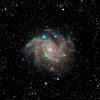
|
|||||

|
2020-06-24 |
NuSTAR |
3334x1875x3 | ||
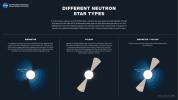
|
|||||

|
2020-07-16 |
NuSTAR |
5740x3228x3 | ||
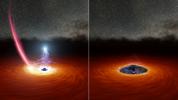
|
|||||

|
2021-07-09 |
NuSTAR |
4000x1459x3 | ||
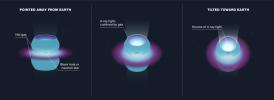
|
|||||

|
2022-02-10 | Jupiter |
NuSTAR |
3840x2160x3 | |
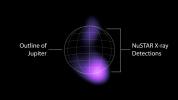
|
|||||

|
2022-12-20 |
NuSTAR |
3840x2160x3 | ||
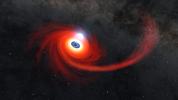
|
|||||

|
2023-02-09 | Sol (our sun) |
NuSTAR |
2000x2000x3 | |
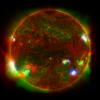
|
|||||

|
2023-04-06 |
NuSTAR |
3840x2160x3 | ||
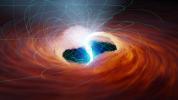
|
|||||

|
2017-01-31 |
NuSTAR SWIFT XMM-Newton |
6875x5479x3 | ||
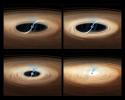
|
|||||

|
2013-02-27 |
NuSTAR XMM-Newton |
3600x2400x3 | ||

|
|||||

|
2013-02-27 |
NuSTAR XMM-Newton |
3600x2400x3 | ||
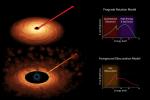
|
|||||

|
2013-02-27 |
NuSTAR XMM-Newton |
3000x2400x3 | ||
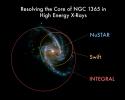
|
|||||

|
2015-02-19 |
NuSTAR XMM-Newton |
3000x2400x3 | ||
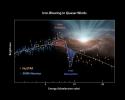
|
|||||

|
2015-02-19 |
NuSTAR XMM-Newton |
4267x2400x3 | ||
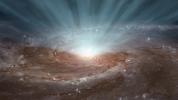
|
|||||

|
2020-09-09 | Asteroid |
OSIRIS-REx |
1280x720x3 | |
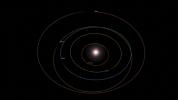
|
|||||

|
1999-12-01 | Altair |
Palomar Testbed Interferometer |
Palomar Testbed Interferometer |
512x511x1 |
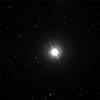
|
|||||

|
2009-09-17 |
Planck |
Planck LFI-HFI |
2501x1237x3 | |
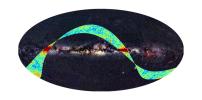
|
|||||

|
2010-03-17 |
Planck |
High Frequency Instrument |
1000x445x3 | |

|
|||||

|
2010-03-17 |
Planck |
IRAS |
1000x892x3 | |
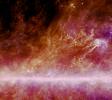
|
|||||

|
2010-04-26 | Perseus |
Planck |
Planck LFI-HFI |
1000x1000x3 |
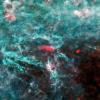
|
|||||

|
2010-04-26 |
Planck |
Planck LFI-HFI |
1000x1000x3 | |
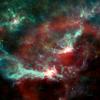
|
|||||

|
2010-07-06 |
Planck |
Planck LFI-HFI |
1300x700x3 | |
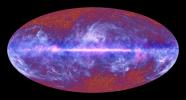
|
|||||

|
2011-01-11 |
Planck |
3000x1800x3 | ||
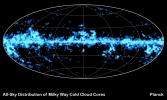
|
|||||

|
2012-02-13 |
Planck |
High Frequency Instrument |
1113x835x3 | |
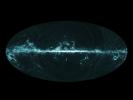
|
|||||

|
2012-02-13 |
Planck |
Planck LFI-HFI |
1024x768x3 | |
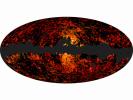
|
|||||

|
2012-02-13 |
Planck |
Fermi Gamma-ray Space Telescope Planck LFI-HFI |
1024x768x3 | |
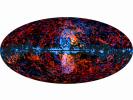
|
|||||

|
2012-11-21 |
Planck |
Planck Space Telescope |
3564x3571x3 | |
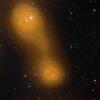
|
|||||

|
2013-03-21 |
Planck |
3600x1800x3 | ||
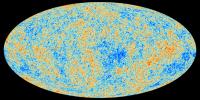
|
|||||

|
2013-03-21 |
Planck |
3600x2000x3 | ||
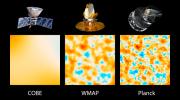
|
|||||

|
2013-03-21 |
Planck |
4000x2200x3 | ||

|
|||||

|
2013-03-21 |
Planck |
5305x2342x3 | ||
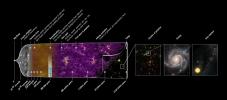
|
|||||

|
2013-03-21 |
Planck |
3200x1800x3 | ||
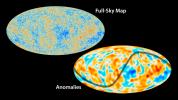
|
|||||

|
2013-03-21 |
Planck |
640x320x3 | ||
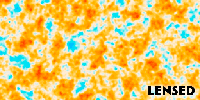
|
|||||

|
2013-03-21 |
Planck |
1900x1425x3 | ||
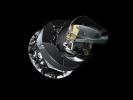
|
|||||

|
2013-03-21 |
Planck |
1276x719x3 | ||

|
|||||

|
2014-05-06 |
Planck |
1760x880x3 | ||
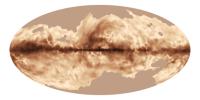
|
|||||

|
2015-01-30 |
Planck |
1200x1200x3 | ||
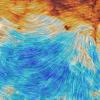
|
|||||

|
2015-02-05 | Milky Way |
Planck |
13206x6853x3 | |
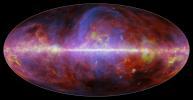
|
|||||

|
2015-02-05 | Milky Way |
Planck |
6000x6000x3 | |
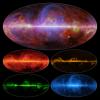
|
|||||

|
2015-02-05 |
Planck |
13206x6853x3 | ||
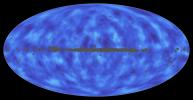
|
|||||

|
2015-02-05 | Milky Way |
Planck |
13206x6853x3 | |
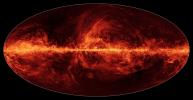
|
|||||

|
2015-02-05 |
Planck |
2400x1200x3 | ||
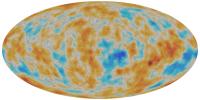
|
|||||

|
2015-03-31 |
Planck |
1600x900x3 | ||
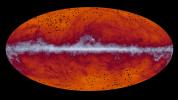
|
|||||

|
2007-11-06 | 55 Cancri |
PlanetQuest |
720x540x3 | |
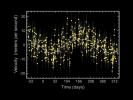
|
|||||

|
2007-11-06 | 55 Cancri |
PlanetQuest |
1435x939x3 | |
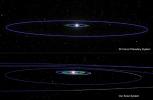
|
|||||

|
2007-11-06 | 55 Cancri |
PlanetQuest |
1280x720x3 | |
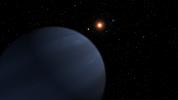
|
|||||

|
2007-11-06 | 55 Cancri |
PlanetQuest |
516x290x3 | |
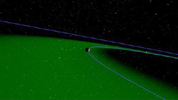
|
|||||

|
2009-05-28 | VB 10 |
PlanetQuest |
565x567x3 | |
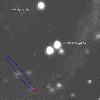
|
|||||

|
2020-07-07 | Asteroid |
Psyche |
1600x900x3 | |
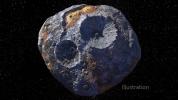
|
|||||

|
2021-03-29 | Asteroid |
Psyche |
10800x10800x3 | |
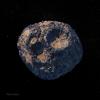
|
|||||

|
2021-03-29 | Asteroid |
Psyche |
10800x10800x3 | |
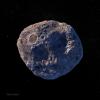
|
|||||

|
2023-12-05 | Pan |
Psyche |
2967x1225x1 | |

|
|||||

|
2016-03-17 |
SDSS |
1992x1128x3 | ||
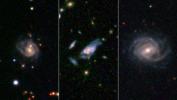
|
|||||

|
2001-02-17 | Sol (our sun) |
SOHO |
Extreme Ultraviolet Imaging Telescope |
2100x2034x3 |
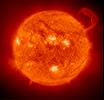
|
|||||

|
2001-02-17 | Sol (our sun) |
SOHO |
Extreme Ultraviolet Imaging Telescope |
1067x1067x3 |
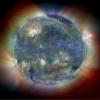
|
|||||

|
2006-02-15 | Sol (our sun) |
SOHO |
2448x2448x3 | |
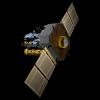
|
|||||

|
2018-04-16 | Sol (our sun) |
SDO |
Atmosphere Imaging Assembly |
1650x1650x3 |
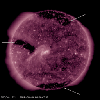
|
|||||

|
2016-11-09 | Sol (our sun) |
SDO |
Atmosphere Imaging Assembly |
1200x645x3 |
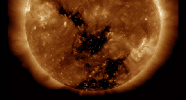
|
|||||

|
2014-02-11 | Sol (our sun) |
SDO |
Atmosphere Imaging Assembly |
1024x1024x3 |
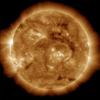
|
|||||

|
2012-08-31 | Sol (our sun) |
SDO |
Atmosphere Imaging Assembly |
691x720x3 |

|
|||||

|
2016-06-16 | Sol (our sun) |
SDO |
Atmosphere Imaging Assembly |
2100x2100x3 |
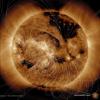
|
|||||

|
2015-07-10 | Sol (our sun) |
SDO |
Atmosphere Imaging Assembly |
1024x1024x3 |
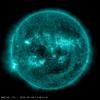
|
|||||

|
2015-08-26 | Sol (our sun) |
SDO |
Atmosphere Imaging Assembly |
792x792x3 |
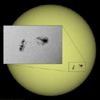
|
|||||

|
2015-08-19 | Sol (our sun) |
SDO |
Atmosphere Imaging Assembly |
720x720x3 |
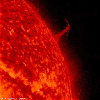
|
|||||

|
2015-08-06 | Sol (our sun) |
SDO |
Atmosphere Imaging Assembly |
720x720x3 |
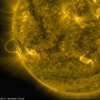
|
|||||

|
2015-06-30 | Sol (our sun) |
SDO |
Atmosphere Imaging Assembly |
720x720x3 |
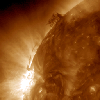
|
|||||

|
2015-04-03 | Sol (our sun) |
SDO |
Atmosphere Imaging Assembly |
792x819x3 |

|
|||||

|
2015-01-29 | Sol (our sun) |
SDO |
Atmosphere Imaging Assembly |
792x792x3 |
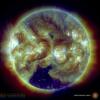
|
|||||

|
2015-09-02 | Sol (our sun) |
SDO |
Atmosphere Imaging Assembly |
720x720x3 |
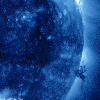
|
|||||

|
2015-09-13 | Sol (our sun) |
SDO |
Atmosphere Imaging Assembly |
4096x4096x3 |
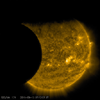
|
|||||

|
2015-09-10 | Sol (our sun) |
SDO |
Atmosphere Imaging Assembly |
720x720x3 |
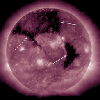
|
|||||

|
 |
 |
 |
 |
 |
 |
 |
 |
 |
 |

|
| 1-100 | 101-200 | 201-300 | 301-400 | 401-500 | 501-600 | 601-700 | 701-800 | 801-900 | 901-1000 |
| Currently displaying images: 501 - 600 of 1300 |